Hello, everyone, and welcome back to another Friday Product Post at SparkFun Electronics! We are getting ready for the holidays and the end of the year, so you'll be seeing a LOT of new products to check out the next couple of weeks. This week, we start with a new addition to a classic product line: say hello to the ESP32 Qwiic Pro Mini! This super small IoT development board is a fantastic option for those who need an embedded system where space and weight are restricted. We have two versions of the AS7331 Spectral UV Sensors, both Standard and Mini footprints. These small sensors can accurately measure UV radiation on three channels: UVA, UVB, and UVC. We have a new version of our GPS-RTK Dead Reckoning Kit, which now includes our new SMA version of our Dead Reckoning Board. We wrap the week with a new Segger J-Link Mini, a new High Precision GNSS Antenna, and finally, an ESLOV to ESLOV Cable (which works great with our ESLOV to Qwiic Bridge released a few weeks ago). Now, let's jump in and take a closer look at this week's new products!
A new IoT Pro Mini, and with an on board ESP32 no less!
Say hello to the next generation of Pro Mini boards - the SparkFun ESP32 Qwiic Pro Mini houses the powerful ESP32-PICO-MINI-N8R2 from Espressif on our compact Pro Mini footprint with 2MB of PSRAM. With two individually controllable CPU cores, adjustable CPU clock frequency, a co-processor that can be used in situations that require minimal computing power, as well as a rich set of peripherals such as capabilities for an external SD card interface, capacitive touch sensors, ADC, DAC, Two-Wire Automotive Interface, to Ethernet, high-speed SPI, UART, I²S, and I²C, this board is a powerhouse in a tiny little package. Best of all, utilizing our handy Qwiic system, no soldering is required to connect this Pro Mini to the rest of your system.
Depending on space, two new ways to see in UV!
This SparkFun Qwiic Spectral UV Sensor features the AS7331 UV sensor from ams OSRAM©. It measures UV radiation on three channels: UVA (320-400nm), UVB (280-320nm), and UVC (200-280nm) with high sensitivity and accuracy. The three channels on the AS7331 each have individual photodiodes with built-in interference filters. The sensor has four operating modes: Single Measurement (CMD), Continuous Measurement (CONT), SYNchronized Start (SYNS), and SYNchronized Start & End (SYND), with an automatic power-down sequence between measurements for low current consumption in all three modes.
The Mini version of the AS7331 Breakout provides the exact same functionality as the Standard version, just in a compact 1in. by 0.5in. footprint!
The SparkFun GPS-RTK Dead Reckoning Kit (SMA) gives precisely what you need to get started using u-blox's ZED-F9R and GPS Real Time Kinematics. The SparkFun ZED-F9R GPS Breakout is a high precision, sensor fusion GPS board with equally impressive configuration options and takes advantage of u-blox's Automotive Dead Reckoning (ADR) technology. The ZED-F9R module provides a highly accurate and continuous position by fusing a 3D IMU sensor, wheel ticks, a vehicle dynamics model, correction data, and GNSS measurements.
The J-Link line of JTAG programmers from Segger is well known for their top of the line debuggers. The J-Link EDU Mini is a stripped-down, budget-friendly model of the J-Link debug probe created for educational use. Even with its reduced size, it maintains the J-Link features of fast download rates into the internal flash of supported microcontrollers and the setting of unlimited breakpoints in flash memory.
The u-blox ANN-MB1 multi-band (L1/L5/E5a/B2a/NavIC) active GNSS antenna is designed to reduce time-to-market for the new generation of high precision GNSS applications, which require highly accurate location abilities. The compact design, excellent price-to-performance ratio, and versatile mounting choices provide customers with fast, easy, and reliable multi-band antenna solutions. The ANN-MB1 antenna is a perfect match to the u-blox F9 platform (including NEO-F9P-15B, ZED-F9P-15B, and ZED-F9T-10B), supporting L1 and L5 bands, thus providing customers with the valuable antenna solution they need to minimize evaluation and design-in efforts.
The SPK-6E antenna is a small, very light weight GNSS/GPS L1/L2/5 triband helical antenna for GPS, GLONASS, Galileo, and BeiDou constellations. Designed for aerial and portable applications, the SPK-6E weighs in at 18.1 grams with a standard SMA connector. The SPK-6E includes a small compressible o-ring around the base to increase weatherproofing when installed against an enclosure. This antenna is a good choice for applications where you have a clear view of the sky. If you can handle the extra weight, the SPK6618H or u-blox ANN-MB-00 will have better reception performance.
Rubber Duck Debugging is the method of working through a problem by verbalizing the problem at hand. There is something that happens once you verbalize your problem that makes your brain skirt around the log jam, and jump over to the solution. No really, it works!
The SparkFun Debugging Duck is a flexible, exceedingly buoyant, clearly fabricated, cognitive device for hardware debugging. Guaranteed to reduce debugging times and increase productivity (maybe) and conversation (more likely). Before you ask your coworker, ask your Debugging Duck "Can I bother you for a minute?".
This is a simple, 50mm long ESLOV to ESLOV cable. The ESLOV connector has five pins (one more than standard I2C) for automatically configuring the module and handling the sleeping states to boost battery life. Use this cable to connect two ESLOV boards together, or use this along with the SparkFun ESLOV to Qwiic Bridge to connect ESLOV compatible boards with Qwiic compatible boards.
That's it for this week. As always, we can't wait to see what you make! Shoot us a tweet @sparkfun, or let us know on Instagram, Facebook or LinkedIn. Please be safe out there, be kind to one another! We'll be back with more new products next week so make sure to check back then. Happy holidays!
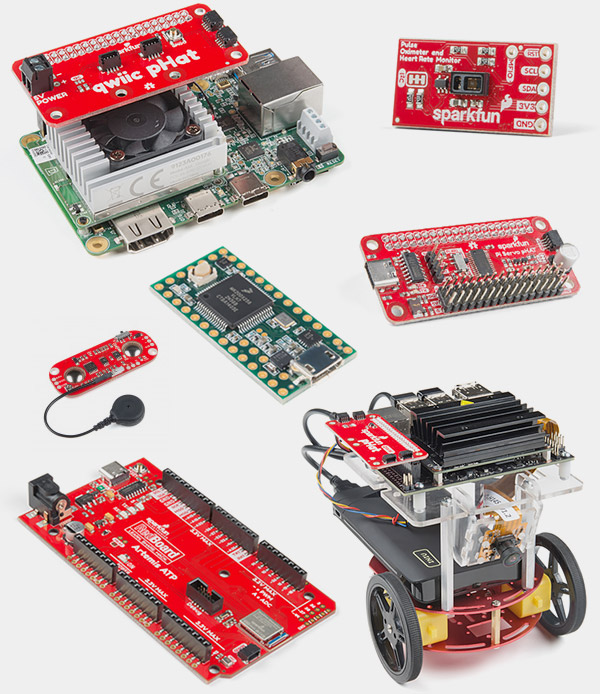
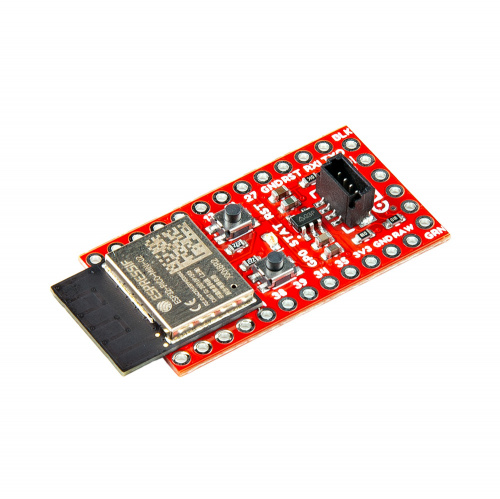
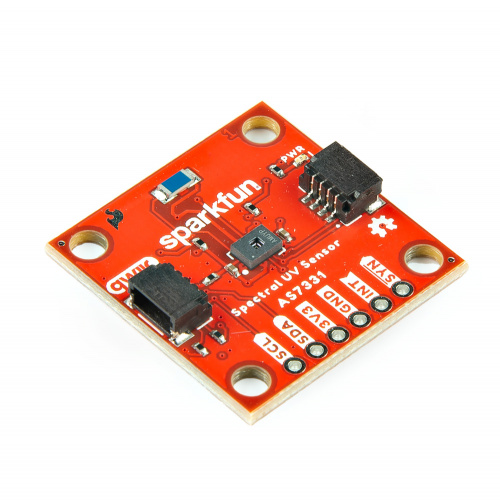
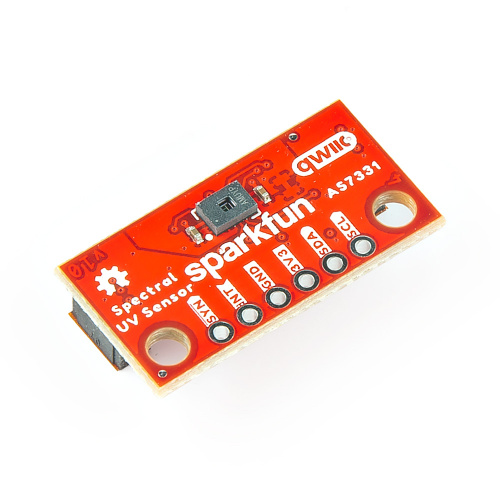


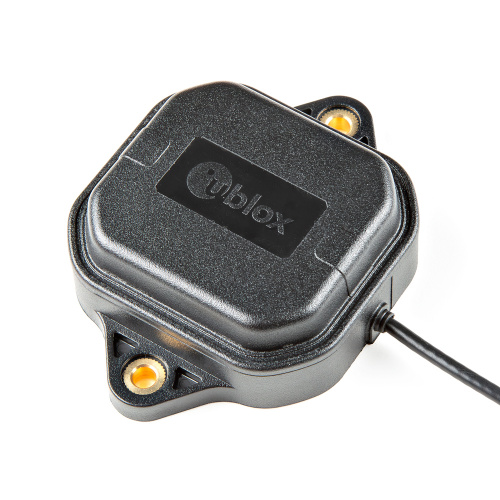
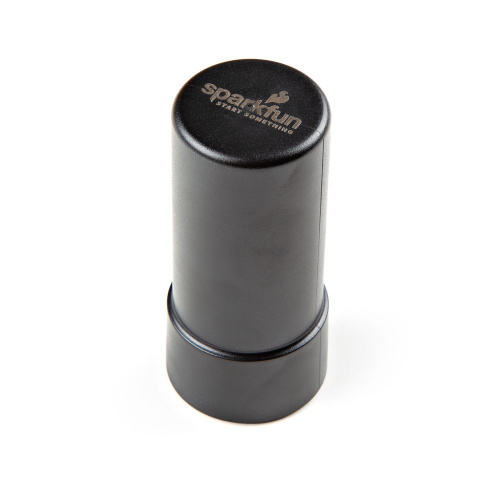
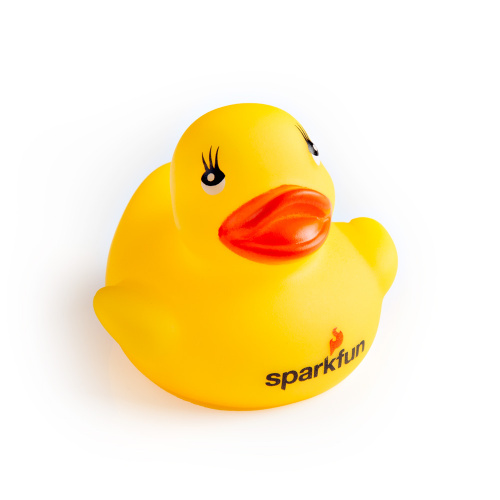

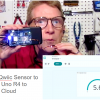
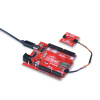






Regarding the SparkFun Debugging Duck, I was always amazed at how many times during my career as an Engineer one person would call over a colleague to help with a problem, only to realize what the solution was about half way through explaining the problem! I'll definitely be including a duck in my next order!
Hey, Rob, I remember the days when you had to use UV light to erase EPROMs! (I did hear about one guy who lived in Northern Ireland at the time, and would snail-mail his EPROMs to a friend in England, who would just snail-mail them back -- at the time, the UK's Royal Post Office x-rayed every piece of mail going in or out of Northern Ireland, and x-rays would also erase EPROMs.)
Since my EPROM eraser is built into a metal container, I'd have to use a wired connection to the sensor, but that's easy -- a long Qwiic cable should do the trick. Only thing is, I haven't turned on the eraser in the current millennium! ;-)
If you want to avoid soldering programming headers on to ProMini boards, such as the SparkFun ESP32 Qwiic Pro Mini, I suggest looking at Adafruit's Pogo Pin Probe Clip - 6 Pins with 2.54mm / 0.1" Pitch. I got mine almost a year and a half ago, and I really like it.